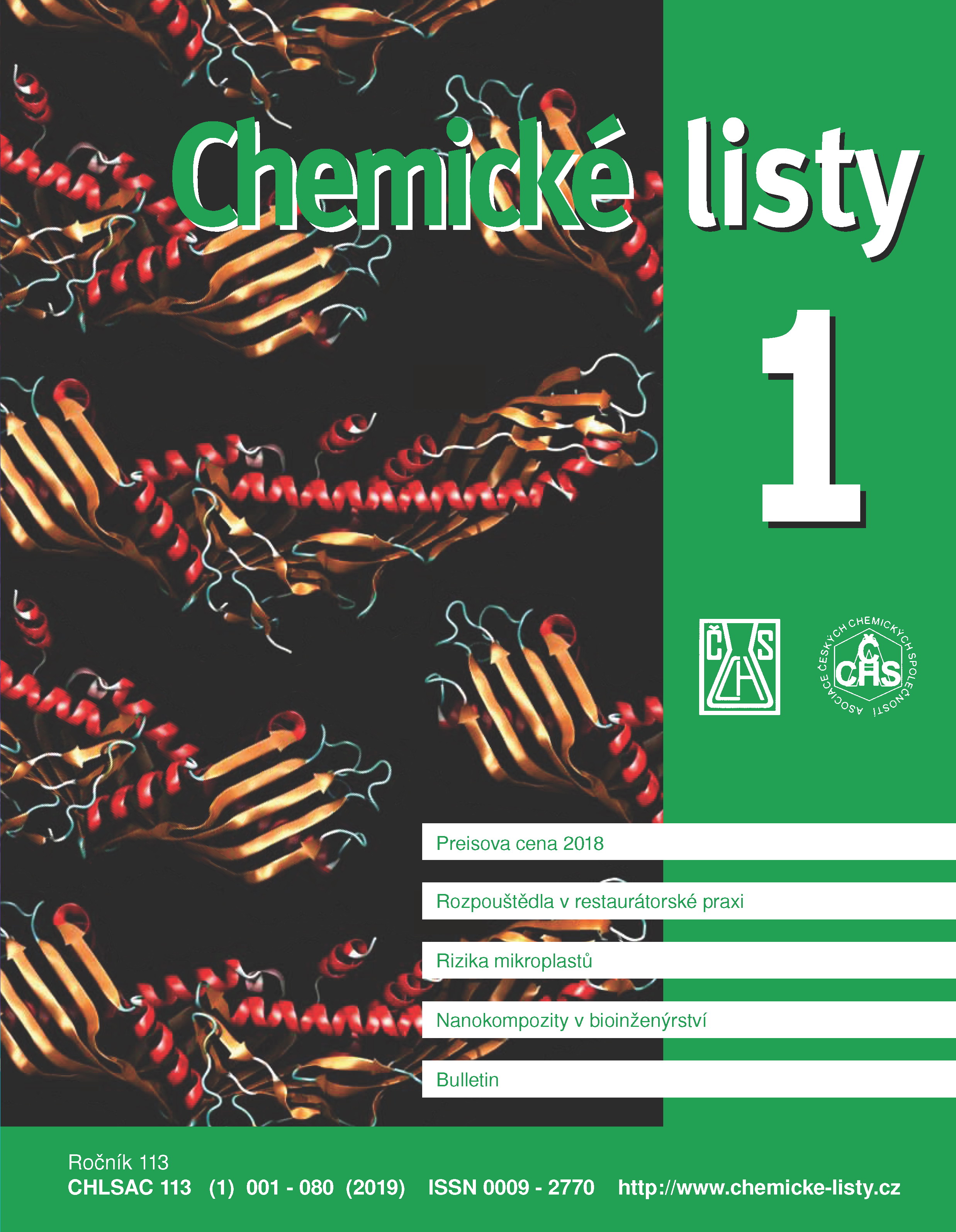Great Significance of Small non-coding RNAs for Human Organism
Keywords:
miRNA, regulation of gene expression, biomarkers, cancerAbstract
The first described small non-coding RNA was microRNA lin-4 from Caenorhabditis elegans in 1993. This miRNA has begun a new age of research leading to the discovery of previously unknown, endogenous, single stranded, 22–25 nucleotides long molecules regulating nearly 30 % of genes. Recently, it was demonstrated that a number of organic substances presented in the diet induces the formation of various miRNAs. Besides this, plant and animal miRNA may enter the host organisms as food. In host organism, they can resist degradation and can enter the bloodstream. Although lacking sufficient experimental support, the discussion whether such dietary miRNAs can participate in post-transcriptional regulation of host genes is an actual topic. Either of these mechanisms could also explain some of the biological activities of medicinal plants. Non-coding RNAs have also significance as diagnostic biomarkers of some diseases or as targets for complex disease therapies.





